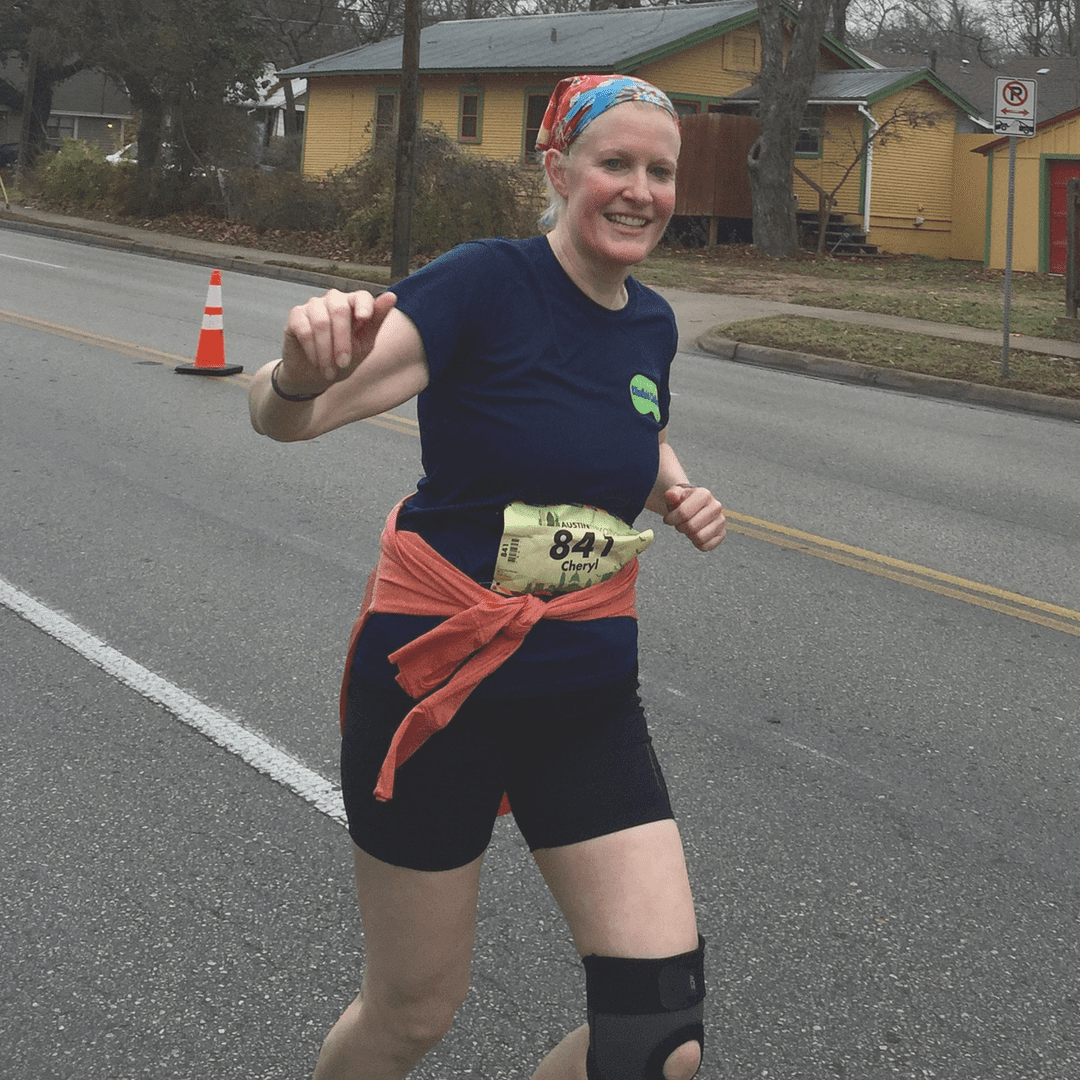Avoid these 6 Simple Training Mistakes and Stay on Track
Stay on track to achieve your goal when you avoid these simple training mistakes
Training for a marathon or half marathon is no simple task, especially if it’s your first time to run one of those distances. You can do this and we’re here for you every step of the way! For first-timers and veterans alike, there are 6 simple training mistakes to avoid. This will keep you on track with your training and help you maximize your runs and workouts. Life happens, we get it. Focus on what’s in your control. The more you do that, the better off you’ll be! That mindset and avoiding these 6 simple training mistakes will help you arrive at the start line healthy and ready to crush your goals. Download our helpful infographic for a daily reminder!
Failing to eat healthily and hydrate properly
 You ask a lot of your body when you begin training for a marathon or half marathon. You have to take care of it by providing it with the fuel it needs to complete the tasks ahead. This could mean fewer sweets and junk food and more fruits and vegetables. Training also takes up more of your time, which could lead you to think you have less time to eat the right foods. Check out these healthy weeknight recipes that don’t take that long to prepare.
You ask a lot of your body when you begin training for a marathon or half marathon. You have to take care of it by providing it with the fuel it needs to complete the tasks ahead. This could mean fewer sweets and junk food and more fruits and vegetables. Training also takes up more of your time, which could lead you to think you have less time to eat the right foods. Check out these healthy weeknight recipes that don’t take that long to prepare.
And don’t forget to hydrate. Hydration is energy for your muscles and can help prevent cramps. You should hydrate throughout the day to prepare for your next run or to replace the electrolytes lost during training. Make sure you know these 5 things about hydration and learn more about its benefits.
Running too far, too fast
Increasing your mileage during training too fast can put a lot of stress on your body. This can lead to injuries. For that reason, increase your training distances gradually. Start with a solid foundation of low miles and build from there. Depending on your fitness level, this base could be 1 mile or 5 miles. Some runners recommend the 10% rule, where mileage is increased by less than 10% each week. Follow this advice to increase your mileage, create a solid foundation, and grow from there.
Developing speed too soon
Build speed slowly and in a consistent way. Trying to run fast intervals at the beginning of the training program is likely going to put too much pressure on your body, which is not recommended. After you’ve built a solid base with your distance you’ll get more comfortable running. Now you can start incorporating things like running the last couple of miles of your workout slightly faster. Speedwork also uses muscles differently, which can help strengthen them. These 7 tips can help you increase your speed effectively.
Avoiding cross-training

Cycling is a form of cross-training that can help you improve as a runner. Credit – Scott Flathouse
Obviously, running is the main and most important part of training. However, if running is your only form of exercise during training, this can result in injuries or even burnout. It’s important to mix up your training with other activities such as strength training, swimming, cycling, or yoga. This helps balance your muscle groups, build strength, and increase flexibility. It also switches things up and keeps your training exciting.
Skipping rest days
One might think that during training there is no time for rest. But there is! Increased running and exercise do not lead to an increase in preparation. Rest is just as important as running. It allows your body to repair itself and avoid overusing muscles, which can lead to injury. Make sure you follow a training plan that includes rest days. Pro tip: Be intentional about giving your body the rest it deserves. If you’re experiencing one of these 6 signs, you should take a day off from running.
Ignoring pain
It is normal for your muscles to be sore after your runs during training. However, pain is not normal. Pain that gets worse as your run progresses is an indication that something might be wrong. Usually, taking time off helps alleviate pain and prevents an injury from getting worse. However, if the pain doesn’t improve after some time off, seek professional help. Our friends at Ascension Seton Sports Performance can get you back on track or help keep you there in the first place! The more simple training mistakes you make, the higher your chance for injury.
Your training plan is meant to gradually get you to your goal. There will be bumps in the road. Every runner will tell you that. But if you avoid these simple training mistakes you’ll make your journey that much easier. Include cross-training, take advantage of your rest days, and provide your body with the fuel it needs.












